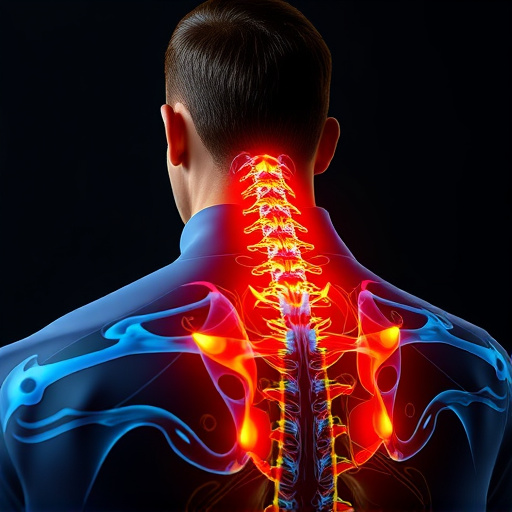Optimizing intake systems is vital for boosting horsepower increase from intakes measured in vehicles. Modern technologies like larger bore sizes, ram air effects, and efficient air distribution networks significantly enhance engine performance by improving airflow, combustion, torque, acceleration, and responsiveness. Accurate measurement using tools like rolling road testers, along with a deep understanding of engine dynamics, ensures substantial gains without compromising efficiency or reliability. Setting realistic expectations and focusing on quality components yields consistent, safe, and lasting performance improvements.
In the pursuit of realistic performance improvements for vehicles, understanding and optimizing horsepower increase from intake systems is paramount. This article explores key aspects that contribute to a substantial yet sustainable boost in engine power. We delve into the science behind intake systems, the art of measuring performance gains, and practical strategies for achieving long-lasting results. By combining these insights, enthusiasts can unlock their vehicles’ true potential while maintaining control and safety.
- Understanding Horsepower Increase: The Role of Intake Systems
- Measuring and Optimizing Performance: Techniques and Tools
- Realistic Expectations: Achieving Sustainable Performance Improvements
Understanding Horsepower Increase: The Role of Intake Systems

In the pursuit of realistic performance improvements, understanding the impact of intake systems on horsepower is paramount. The horsepower increase from intakes measured shows that these components play a pivotal role in enhancing engine efficiency. By optimizing airflow and minimizing restrictions, high-flow intakes can deliver more air into the engine, resulting in increased combustion and, consequently, boosted horsepower.
This effect is particularly noticeable in vehicles designed for enhanced performance. Modern intake systems employ advanced technologies such as larger bore sizes, ram air effects, and efficient air distribution networks to ensure that the engine receives a steady stream of rich air mixture. These innovations not only facilitate a horsepower increase from intakes measured but also contribute to improved torque output, quicker acceleration, and overall vehicle responsiveness.
Measuring and Optimizing Performance: Techniques and Tools

Measuring performance improvements accurately is a key step in achieving significant gains. One of the primary metrics to focus on is the horsepower increase from intakes measured. This involves using specialized tools and techniques to assess engine power before and after modifications. Dynamic measurement systems, such as rolling road testers, provide precise data by simulating real-world driving conditions, offering a more accurate representation of how the vehicle performs under various loads.
Optimizing performance goes beyond mere measurement. It requires a deep understanding of engine dynamics and fuel delivery systems. Advanced tools like computer-aided design (CAD) software and flow meters enable engineers to refine intake designs, ensuring maximum air and fuel utilization. By analyzing airflow patterns and optimizing combustion chambers, significant horsepower increases can be achieved without compromising efficiency.
Realistic Expectations: Achieving Sustainable Performance Improvements

Setting realistic expectations is a cornerstone for achieving sustainable performance improvements in any vehicle modification project, especially when focusing on measurable horsepower increases from intakes. Many enthusiasts often aim for dramatic results, but it’s crucial to understand that power gains are influenced by various factors, not just intake systems. Every car has its limits, and pushing beyond those can lead to more harm than good.
Instead of chasing unrealistic numbers, focus on understanding the vehicle’s current specifications and identifying areas for safe upgrades. Measurable horsepower increases from intakes should be viewed as a rewarding side effect rather than the sole goal. By prioritizing quality components, proper installation, and smart tuning, you can achieve consistent and lasting performance gains that enhance your driving experience without compromising reliability or safety.
In understanding and optimizing vehicle performance, especially through intake systems for a horsepower increase, it’s crucial to set realistic expectations. Measuring and implementing improvements should be a meticulous process, ensuring sustainability without sacrificing reliability. By grasping the impact of intakes on power outputs, enthusiasts can make informed decisions, achieving notable gains while maintaining practical, everyday drivability. This balanced approach ensures that performance enhancements are not only measurable but also meaningful in real-world driving conditions.














